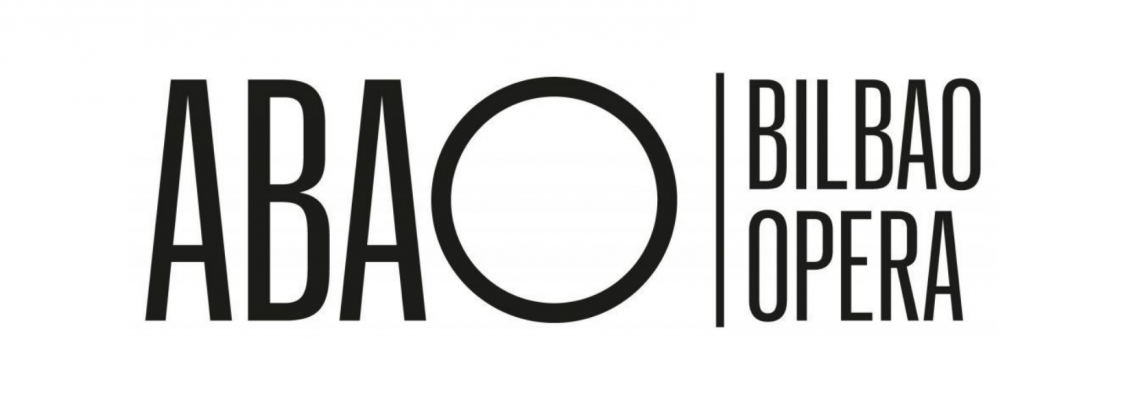La clemenza di Tito is being performed for the first time in Bilbao, so it is an honour for me to fulfil such an important task. What is more, it is with a feeling of belonging that I am back at ABAO-Bilbao to conduct something totally new for its members. This is my eighth production in Basque country since my 2005 debut with La Sonnambula, and it is a great joy to be reunited with the musicians of the Basque National Orchestra with whom I conducted Lucia di Lammermoor in 2019, for which I received the Ópera XXI association’s prestigious award.
La clemenza di Tito, Mozart’s last opera, recalls stylistic elements from the golden age of opera seria, a world which reached its culmination with Gluck and then began its decline. The opera, composed to celebrate the coronation as King of Bohemia of the Grand Duke of Tuscany, Leopold II of Hapsburg, was set to music by Mozart with Metastasio’s libretto revised for the occasion by Caterino Mazzolà, reduced from three to two acts, with the omission of a large amount of recitative and transformation of several of the arias into ensemble pieces. This tribute to the enlightened sovereign loses any legacy of grandeur and Mozart’s emperor appears in all his stature as a sovereign devoted to the common good. The fluidity of its musical structures paves the way for solutions that were to be taken up by Beethoven, Weber and Rossini in their works.
The stage direction by Fabio Ceresa gets right to the heart of this vision, everything is clear, fluid and noble. I am sure that in Bilbao, with reduced seating because of the new health restrictions, the audiences at the five performances will feel privileged to watch and listen to this masterpiece live.

